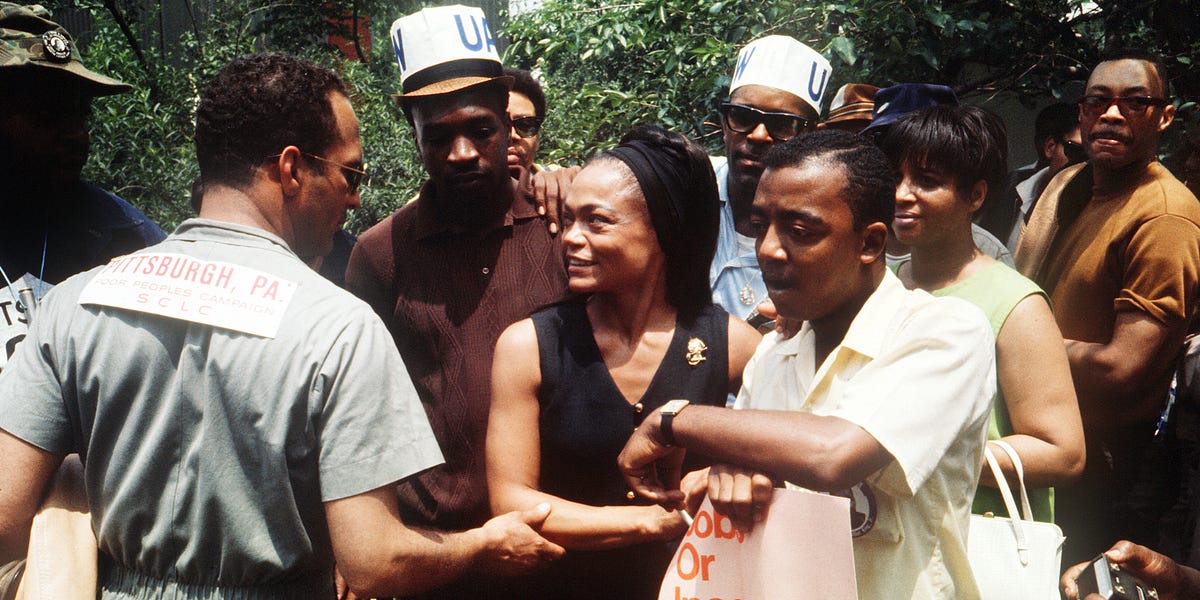Giving People Money: A Mixed Bag for Poverty Relief
When it comes to addressing poverty, one of the most appealing solutions is often a simple yet straightforward approach: giving people money. The idea is that by providing a steady stream of cash, we can empower individuals to make better choices about their lives and improve their overall well-being. But does this really work in practice?
Researchers have been studying the effects of cash transfers on poverty relief for years, and the results are more nuanced than expected. While some studies have shown positive impacts, such as improved housing outcomes or reduced stress levels, others have found little to no effect.
The Basic Income Cover-Up: How Media Fails Us
One of the most striking aspects of the research on basic income is the way in which media coverage often downplays or even glosses over the disappointing results. Instead of sharing the sobering facts about cash transfers, we're more likely to see headlines touting tiny positives or studies with uncertain findings.
This phenomenon is not unique to basic income; it's a broader issue in the way that research is communicated to the public. As Eva Vivalt, co-author of an OpenResearch study on guaranteed income, noted, "Articles focus on tiny positives or, at best, will note the evidence is uncertain."
But why does this happen? One reason may be that researchers themselves are often less eager to share negative results. According to Sarah Miller, one of the study authors, "People aren't interested in reading [them]." This reluctance to report null or negative results can lead to a distorted picture of what works and what doesn't.
The Problem with Targeted Cash Programs
Another issue is that many researchers are looking for silver bullets – targeted cash programs that promise to make a big impact on poverty relief. But this approach can be flawed, as it often overlooks the complexities of poverty itself.
"When we look at every other anti-poverty regulation, we don't test it with this level of rigor," pointed out Amy Castro, faculty director of the University of Pennsylvania Center for Guaranteed Income Research. "Increasing rigor is a good thing. It can allow us to shift focus from programs that don’t seem to move the needle toward ones that do."
There are exceptions, however. For example, the BIG:LEAP study found that cash transfers could help victims of domestic violence by reducing intimate partner violence. But even in cases like these, it's essential to approach the results with a critical eye and consider the broader context.
A Better Approach
So what can we do instead? Rather than relying on silver bullets or downplaying negative results, researchers suggest focusing on building and improving institutions that provide education, healthcare, and housing. This approach may be harder to implement, but it could ultimately lead to more sustainable solutions for poverty relief.
"Anything we can do, we can afford," noted John Maynard Keynes. By prioritizing rigor and nuance in our research and communication, we can work towards a more comprehensive understanding of what works and what doesn't when it comes to addressing poverty.
The Evidence: What Do the Basic Income Studies Really Show?
So what do the basic income studies really show? While some studies have found positive impacts, such as improved housing outcomes or reduced stress levels, others have found little to no effect. Here are a few key findings:
- Housing outcomes:** The Denver Basic Income Project reported significant improvements in housing outcomes, including a remarkable increase in home rent and ownership. However, further analysis revealed that this was largely due to chance.
- Stress levels:** Some studies have found reduced stress levels among recipients of cash transfers. However, other research has shown no effect or even increased stress levels.
- Housing stability:** BIG:LEAP found that cash transfers could help victims of domestic violence by reducing intimate partner violence. But in terms of overall housing stability, the results were mixed – with some groups finding housing more quickly than others.
A Call to Action
As we move forward with basic income and other poverty relief initiatives, it's essential that we prioritize rigor and nuance in our research and communication. By doing so, we can work towards a more comprehensive understanding of what works and what doesn't – and ultimately make progress towards ending poverty once and for all.
If you're interested in learning more about the latest research on basic income and poverty relief, be sure to check out the resources below:
